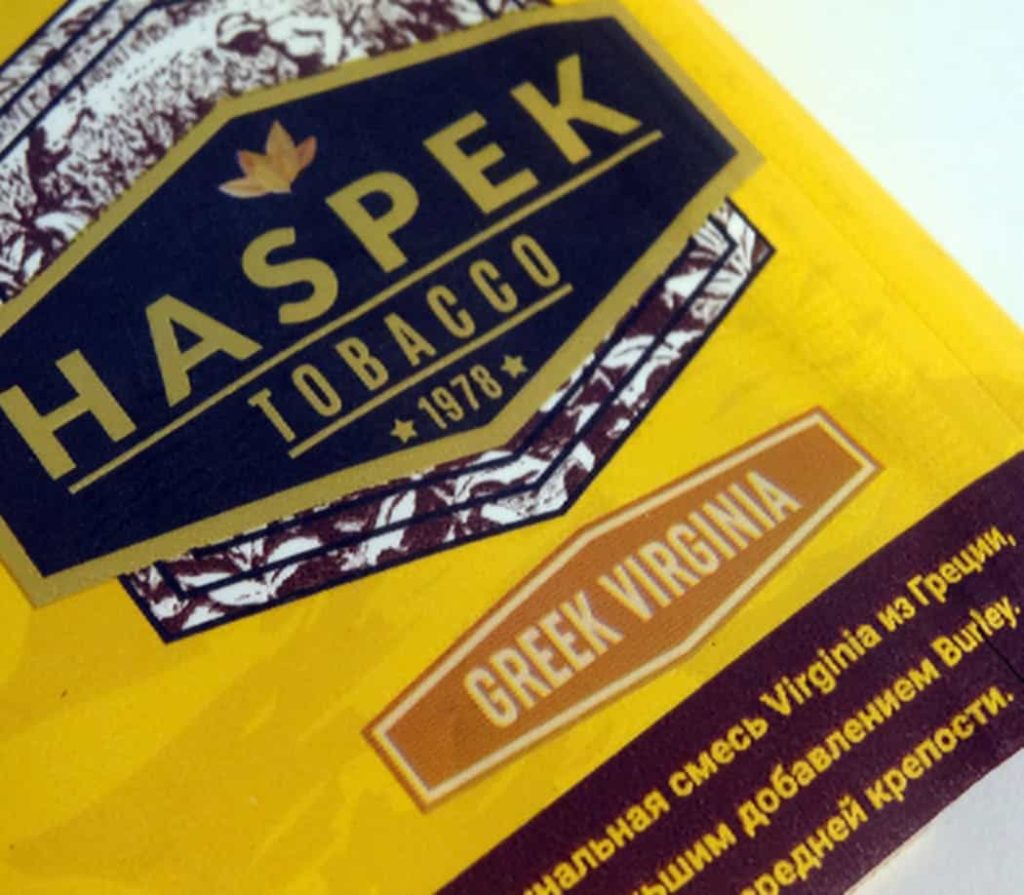
Greek tobacco has a rich history and unique characteristics that make it a fascinating topic. From its cultivation techniques to its cultural significance, there is much to explore and learn about this timeless treasure. Immerse yourself in the world of Greek tobacco and discover its captivating blend of history, culture, and flavor.
Introduction of Tobacco in Greece
Tobacco was first introduced to Thessaloniki by French merchants at the end of the 16th century. It was initially cultivated in the Axios River valley and then spread to the rest of the Ottoman Empire.
Evolution of Tobacco Industry in Greece
The first steps of the tobacco industry were taken in the late 19th century with the annexation of areas known for tobacco cultivation. In 1883, the country’s first public tobacco factory was established. Tobacco production began to play a major role in the country’s economy, becoming a valuable source of income for the inhabitants of the province as well as for the Greek state.
Oriental Type Varieties
Greek oriental tobacco has high-quality color, aroma, and flavor and has excellent burning properties because of suitable soil characteristics and climate.
Flue and Air Cured Type Varieties
In addition to oriental types, Greece also produces flue-cured Virginia and a small amount of burley, all of them used primarily in cigarette manufacturing.
Role in Greek Agriculture
Tobacco is one of the most traditional and significant crops in the Greek agriculture economy. It contributes to regional economy development, particularly in areas characterized as semi-mountainous with less fertile soils.
Regional Distribution
Tobacco is grown in different regions of Greece, with the eastern type of tobacco, which is the predominantly Greek tobacco, exploiting the poor sloping soils, which are therefore unsuitable for other crops.
Smoking Prevalence in Greece
Smoking in Greece was at the highest rate of tobacco consumption in the European Union in 2010. According to a survey published by the European Commission, 37% of Greeks are smokers.
Cultural Associations with Smoking
Greeks have strong cultural associations with smoking. It is associated with friends, pleasure, and relaxation. Smoking is an accepted tradition, so there is little discussion about motivation or social pressure to quit.
Major Tobacco Companies
Today, Karelia Tobacco Company is Greece’s largest cigarette manufacturer and exporter. It operates offices all over Greece and more than 87% of the company’s production is directed to international markets.
Regulations and Policies
As a member of the EU, tobacco product regulation in Greece falls mainly under the Tobacco Products Directive (TPD). Under the TPD, Greece has implemented regulations concerning tobacco product flavors, ingredients, warning labels, advertising bans, and sales restrictions.
what are the main cultivated varieties of tobacco in greece
The main cultivated varieties of tobacco in Greece are the sun-cured varieties of oriental type, and to a lesser degree, the flue-cured Virginia and light air-cured Burley. The oriental type varieties include Basma and Katerini. These varieties are grown in various regions of Greece, including Macedonia.
how has the tobacco industry in greece evolved over time
The tobacco industry in Greece has a rich history that dates back to the late 19th century. The first steps of the tobacco industry were taken with the annexation of Thessaly and Macedonia to Greece, areas known for tobacco cultivation. The eastern type of tobacco, which is predominantly Greek tobacco, exploited the poor sloping soils, which are therefore unsuitable for other crops.
In the 20th century, the processing of tobacco leaves and the manufacturing of cigarettes played a key role in the country s history. It led to the growth and prosperity of several cities including Kavala, Drama, Xanthi, and Thessaloniki, all of them in Northern Greece. The tobacco industry also shaped a new social class in Greece and initiated the labor movement, which campaigned to improve the rights and conditions of working people in Greece.
During the interwar period between WWI and WWII, businesses that processed and packaged tobacco, as well as tobacco storage, were housed in the Public Tobacco Factory in Athens.
In the mid-20th century, the tobacco industry in Greece faced challenges due to changes in technology and value-adding processes. Despite these challenges, the industry continued to thrive, with companies like JTI investing in Greece since 1981 and becoming a leading company in the traditional tobacco product market.
In recent years, new generation tobacco products, such as e-vapor products and heated tobacco, have gained popularity in Greece. Despite the rise of these new products and regulations, the rich history, unique characteristics, and cultural significance of Greek tobacco ensure its continued presence in the global market.
what are the different types of greek tobacco
The main types of Greek tobacco are the sun-cured varieties of oriental type, and to a lesser degree, the flue-cured Virginia and light air-cured Burley. The oriental type varieties include Basma and Katerini, which are the most widely cultivated oriental tobaccos in Greece. These varieties are grown in various regions of Greece, including Macedonia.
The oriental type of tobacco is known for its highly aromatic, small-leafed variety that is sun-cured. Basma and Katerini are particularly known for their unique flavors and are used primarily in cigarette manufacturing.
Flue-cured Virginia and light air-cured Burley are also grown in Greece, albeit to a lesser extent. These types of tobacco are known for their distinct flavors and are used in various tobacco products.
Conclusion
Greek tobacco has a long and rich history, from its introduction in the 16th century to its current status as a significant part of the Greek economy. Despite the high prevalence of smoking in Greece, the country has implemented regulations to control tobacco product usage. The Greek tobacco industry continues to thrive, contributing to the country’s economy and cultural identity.